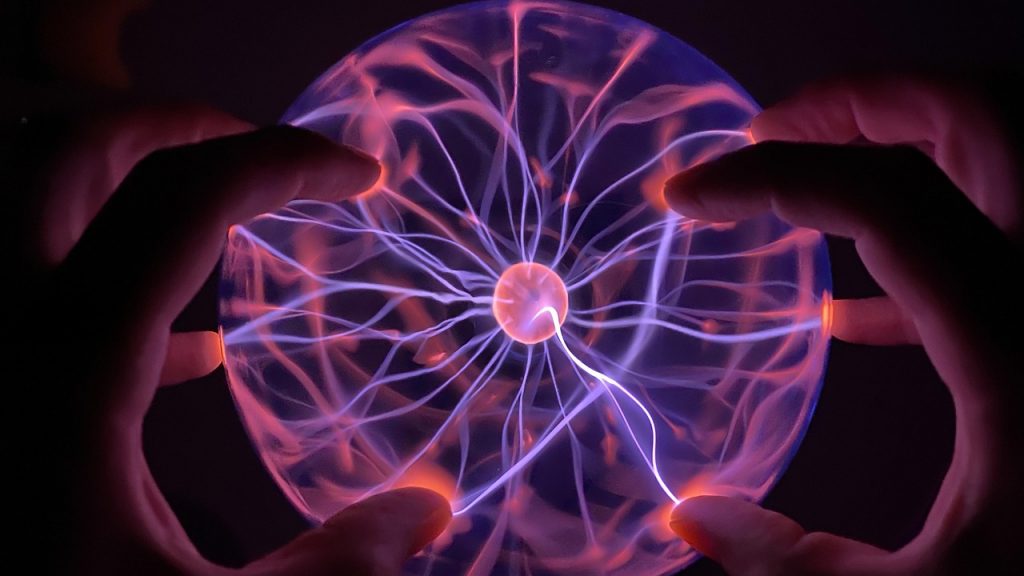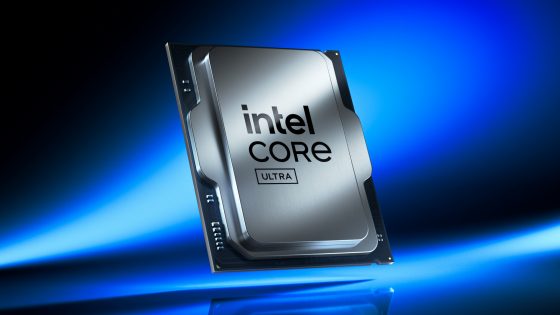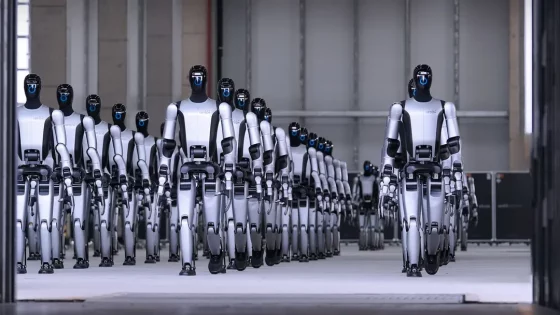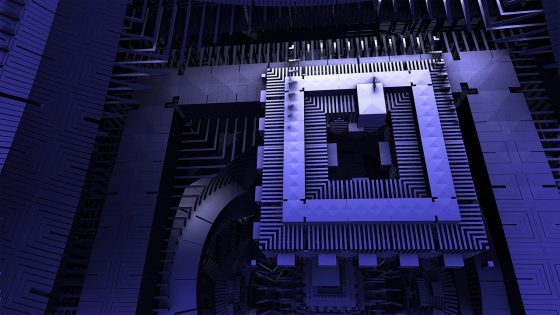The first plasma jet engine without fuel or batteries

China recently unveiled the world's first plasma jet engine that uses neither hydrogen nor batteries. It is an innovation by Professor Jau Tang of Wuhan University, based on microwave technology and plasma physics. The engine does not require fossil fuels or chemical propellers, meaning it is completely zero emissions.
The prototype uses compressed air, which is ionized into plasma by microwaves at 2.45 GHz. This high-energy gas provides thrust without combustion. The engine can lift a 1 kg steel ball. In practice, this indicates comparable power to smaller commercial jet engines, according to experts.
Plasma is the fourth state of matter and has long been used in space exploration. Tang is using it in the atmosphere, which requires a powerful electrical source, ideally from renewable sources. The goal is to replace conventional turbine engines in aircraft and drones with carbon-neutral propulsion.
Aviation is a major source of carbon dioxide emissions, so Tang's engine represents an important step towards net zero emissions. The decision to avoid hydrogen and batteries is strategic, as both technologies have their limitations. Plasma propulsion, however, promises greater reliability and durability.
If the engine is capable of powering medium-haul flights using electricity from solar or the grid, it could significantly reduce the environmental impact of aviation. The technology is still in development, but it represents an important step towards sustainable aviation. But it will still take several years.






























